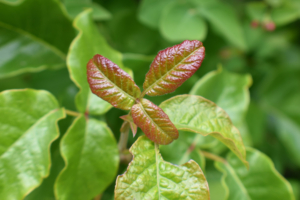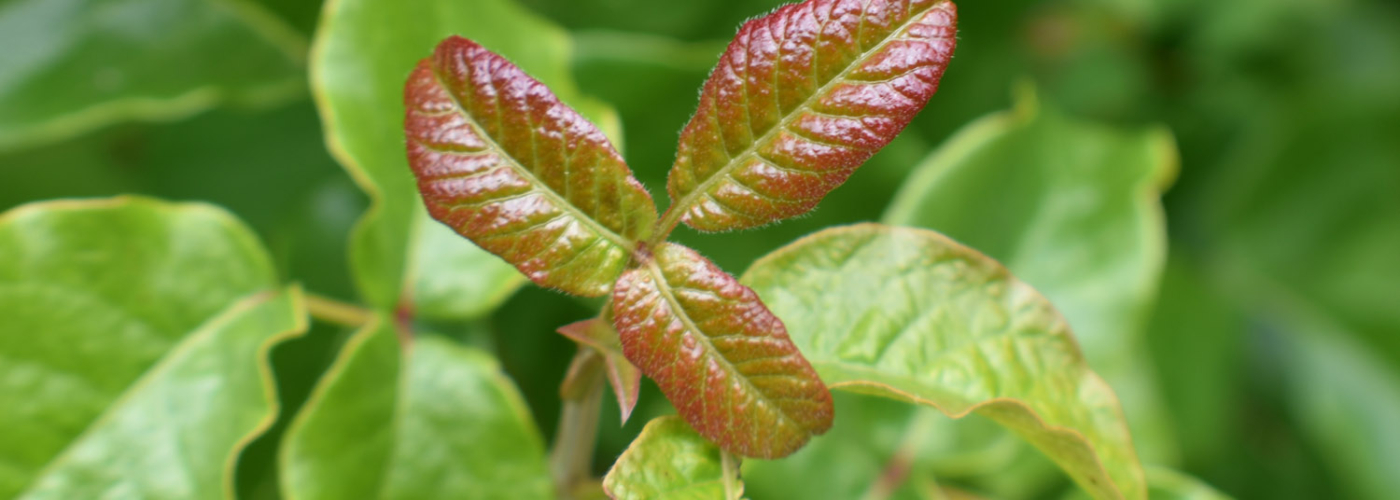Hiking is an enjoyable pastime, but it can be prickly if you encounter some of our poisonous plants. DoctorsCare has some advice on what to look for.

Many plants are poisonous to humans and animals alike, so it’s important to spot them before it’s too late.
Poison Ivy
- Poison Ivy grows as vines or low shrubs in most climates.
- Poison Ivy always has three leaflets.
- Touching any plant part can cause red, swollen skin, blisters, and severe itching, sometimes within hours after exposure.
Treatment
- Poison Ivy rash usually resolves on its own within a few weeks.
- Soothe irritated skin with an over-the-counter topical treatment such as calamine lotion.
- Oatmeal baths and cool compresses also help.
- See a doctor if it is severe or if the rash involves your face or genital area.
Poison Oak
- There’s an old saying: “Leaves of three, let it be,” as with poison Ivy, but that’s not always the case with poison oak.
- Poison oak leaves are more rounded and irregular looking compared to poison Ivy.
- A poison oak plant can have up to nine leaflets, although three are the most common.
- According to the American Academy of Dermatology, all parts of the plant, including roots, can cause an allergic reaction.
The CDC recommends wearing long sleeves, long pants, boots, gloves, and barrier skin creams to limit exposure to poison oak.
- If you think you’ve been exposed, wash clothing separately in hot water and detergent.
If you come in contact with either of these plants or anything that causes a rash and becomes severe, come into DoctorsCare for treatment.
At DoctorsCare, our providers are specifically trained in Urgent Care and Emergency Medicine. Visit one of our two conveniently located offices in Clarksville. We accept walk-in patients of all ages during all hours of operation. No appointment is necessary! Walk in, feel better!

